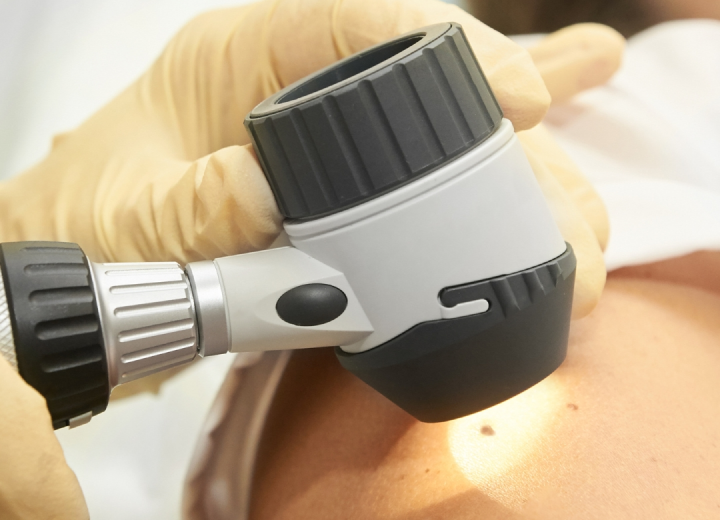Symptoms and Diagnosis
What is a Forehead Lipoma?
A forehead lipoma is a benign (non-cancerous) tumour composed of fatty tissue that forms just beneath the skin on your forehead. These soft, movable lumps are generally slow-growing and painless, making them a common and typically non-threatening condition. While they are usually harmless, some patients choose to have them removed due to discomfort, cosmetic concerns, or pressure on nearby structures.
Symptoms of Forehead Lipomas
- Forehead lipomas feel soft and doughy to the touch. They move easily under the skin when pressed.
- Typically, forehead lipomas range from 1 to 3 centimetres in diameter but can grow larger over time.
- Most forehead lipomas are painless, although some can cause discomfort or pressure if they grow large enough to affect nearby tissues or nerves.
- Due to their location, forehead lipomas can be quite noticeable and may cause aesthetic concerns for many patients.
Diagnosis of Forehead Lipomas
Diagnosing a forehead lipoma typically involves a physical examination by a healthcare professional. During the examination, the doctor will assess the lump’s texture, mobility, and size. To confirm the diagnosis and rule out other conditions, several tests may be conducted:
- Ultrasound, MRI, or CT scans can help determine the lipoma’s exact size and depth and differentiate it from other types of growths.
- In some cases, a biopsy (removing a small tissue sample from the lump) may be performed. The sample is then examined under a microscope to confirm it is a lipoma and not a malignant tumour.
- Advanced imaging techniques may be used for a more detailed examination, especially if the lipoma is deep-seated or in a sensitive area of the forehead.






